Description
In India, we can sell this Russelia Red / Fire Cracker (plant clump) via online delivery systems to any states including Andhra Pradesh, Arunachal Pradesh, Assam, Bihar, Chhattisgarh, Goa, Gujarat, Haryana, Himachal Pradesh, Jammu & Kashmir, Jharkhand, Karnataka, Kerala, Madhya Pradesh, Maharashtra, Manipur, Meghalaya, Mizoram, Nagaland, Odisha (Orissa), Punjab, Rajasthan, Sikkim, Tamil Nadu, Telangana, Tripura, Uttar Pradesh, Uttarakhand, and West Bengal
The Russelia Red, also known as the Firecracker Plant or Coral Fountain, is a tropical shrub loved for its cascading form and bright, tubular red flowers. It’s a great choice for adding vibrant color to gardens and attracting pollinators like hummingbirds and butterflies.
Botanical Information
- Scientific Name: Russelia equisetiformis
- Family: Plantaginaceae
- Common Names: Firecracker Plant, Coral Fountain, Fountain Plant, Coral Plant
- Native Range: Originally from Mexico but widely cultivated in warm regions worldwide
Appearance
- Flowers: Showy, tubular, bright red flowers that resemble small firecrackers and bloom year-round in warm climates.
- Leaves: Fine, needle-like green leaves; some varieties have sparse leaves, giving them a “rush-like” appearance.
- Growth Habit: It’s a bushy, arching shrub that reaches 3-4 feet in height and spreads up to 5-6 feet, making it ideal for cascading over walls or growing in hanging baskets.
Growing and Care Requirements
1. Sunlight
- Requirement: Full sun to partial shade.
- Optimal Placement: While it can tolerate some shade, full sun encourages the most vibrant flowering.
2. Watering
- Frequency: Water regularly, especially in the initial growing period. Once established, it is drought-tolerant but still appreciates occasional deep watering in dry periods.
- Overwatering: Avoid overwatering as it can lead to root rot; ensure the soil has dried slightly between watering.
3. Soil
- Type: Prefers well-drained, sandy, or loamy soil.
- pH: Tolerates a range of soil pH but grows best in slightly acidic to neutral (6.0–7.0).
- Amendments: Adding compost or organic matter to sandy soils improves its nutrient-holding capacity and drainage.
4. Fertilizing
- Frequency: Once every 1-2 months during the growing season (spring through fall).
- Type: Use a balanced, water-soluble fertilizer or a bloom-boosting fertilizer with a higher phosphorus content to promote flowering.
5. Pruning
- When to Prune: Prune lightly after flowering or at the end of winter to shape the plant and encourage fuller growth.
- Tips: Cut back any dead or damaged stems to maintain a tidy appearance.
6. Pest and Disease Management
- Pests: Generally pest-resistant, though spider mites and aphids can occasionally appear. Neem oil or insecticidal soap will help manage these pests.
- Diseases: Root rot can be an issue if soil drainage is poor; ensure it’s in well-drained soil.
7. Temperature and Humidity
- Ideal Temperature: Thrives in warm climates and is frost-sensitive. In cooler zones, grow it in containers to bring indoors during cold months.
- Humidity: Tolerates a range of humidity but appreciates moderate to high humidity.
8. Propagation
- Method: Easily propagated from cuttings.
- When to Propagate: Take cuttings in spring or early summer and place them in a moist rooting medium until they establish roots.
The Russelia Red’s fountain-like habit and profusion of bright red flowers make it a popular choice for gardens, borders, or hanging baskets, and its low-maintenance nature makes it a favorite among gardeners!
Only logged in customers who have purchased this product may leave a review.

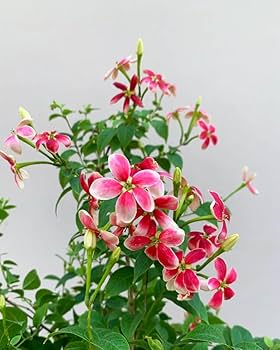
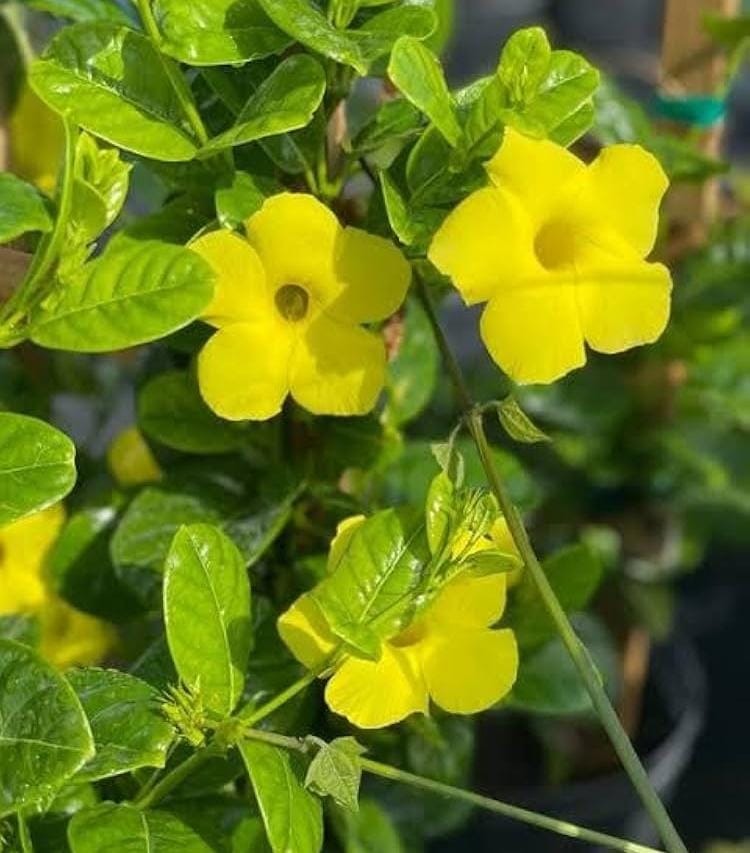
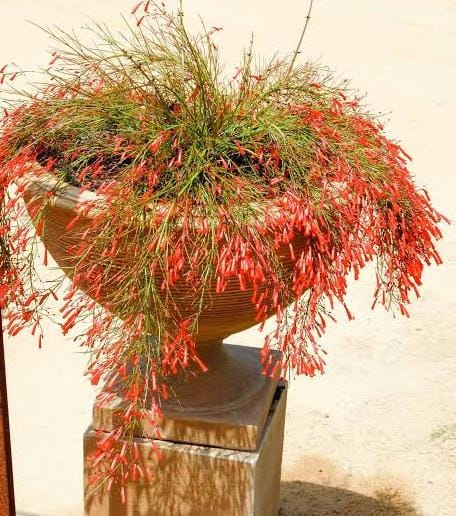
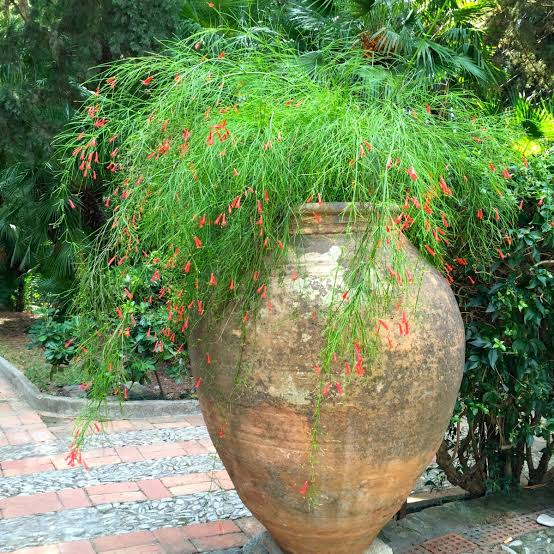
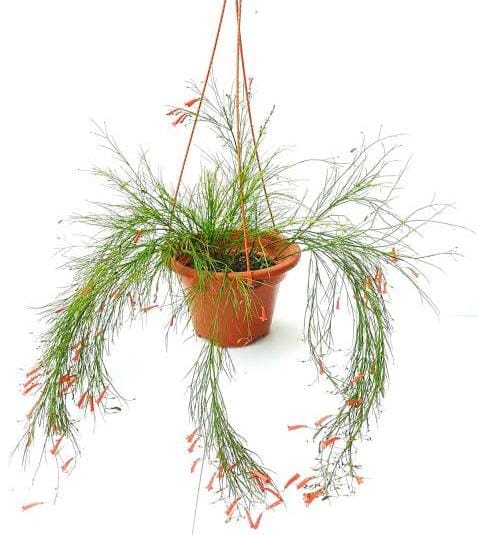
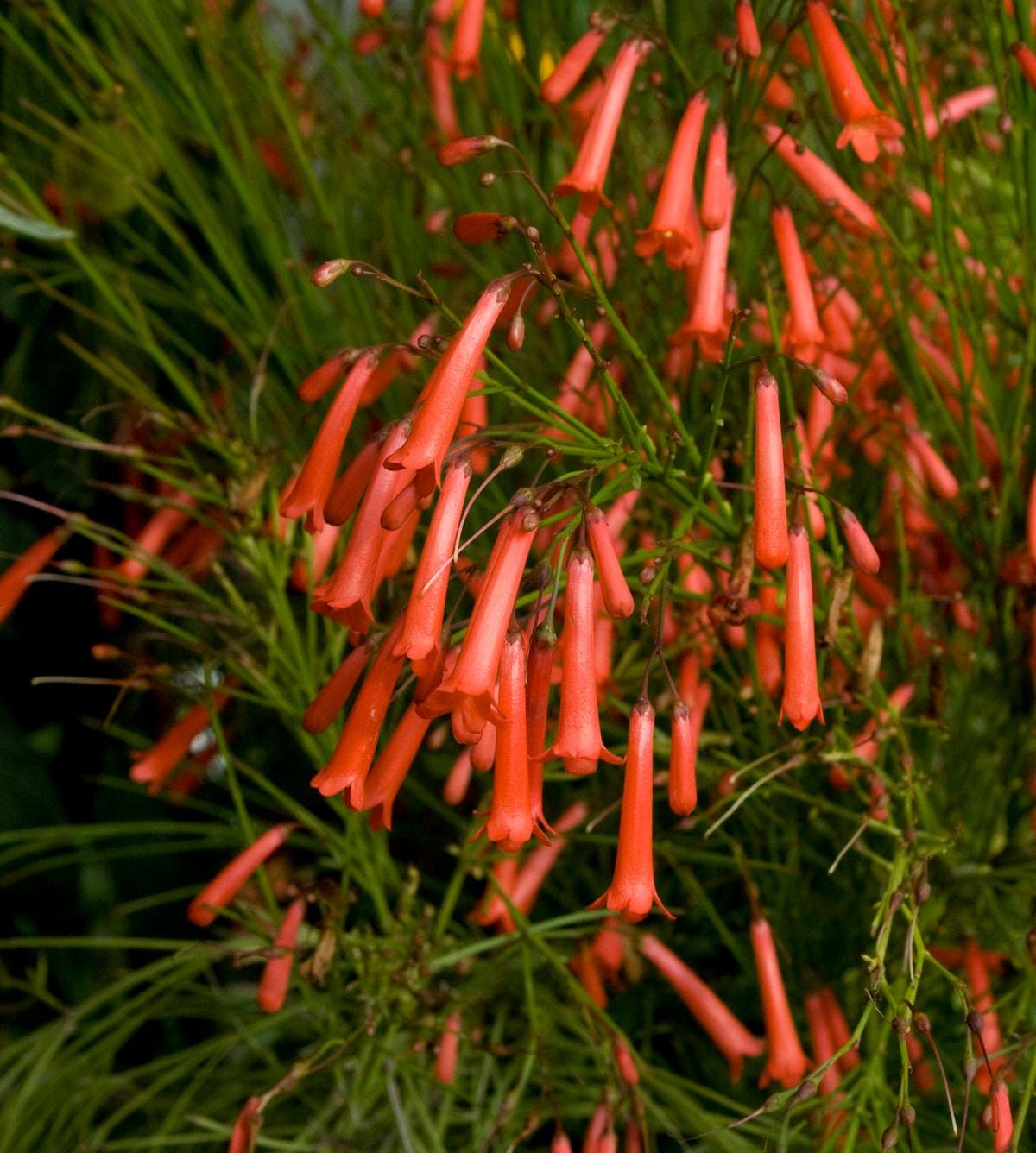
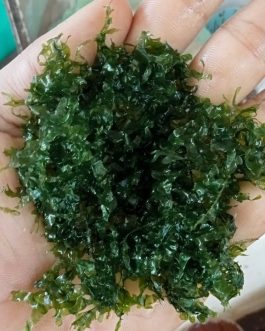
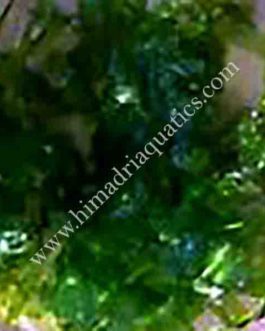
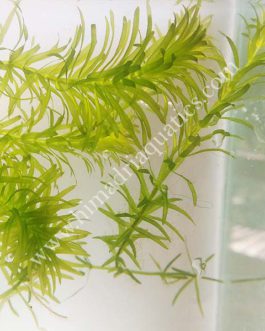
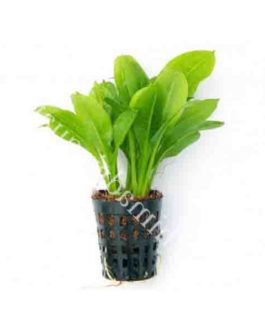
Reviews
There are no reviews yet.